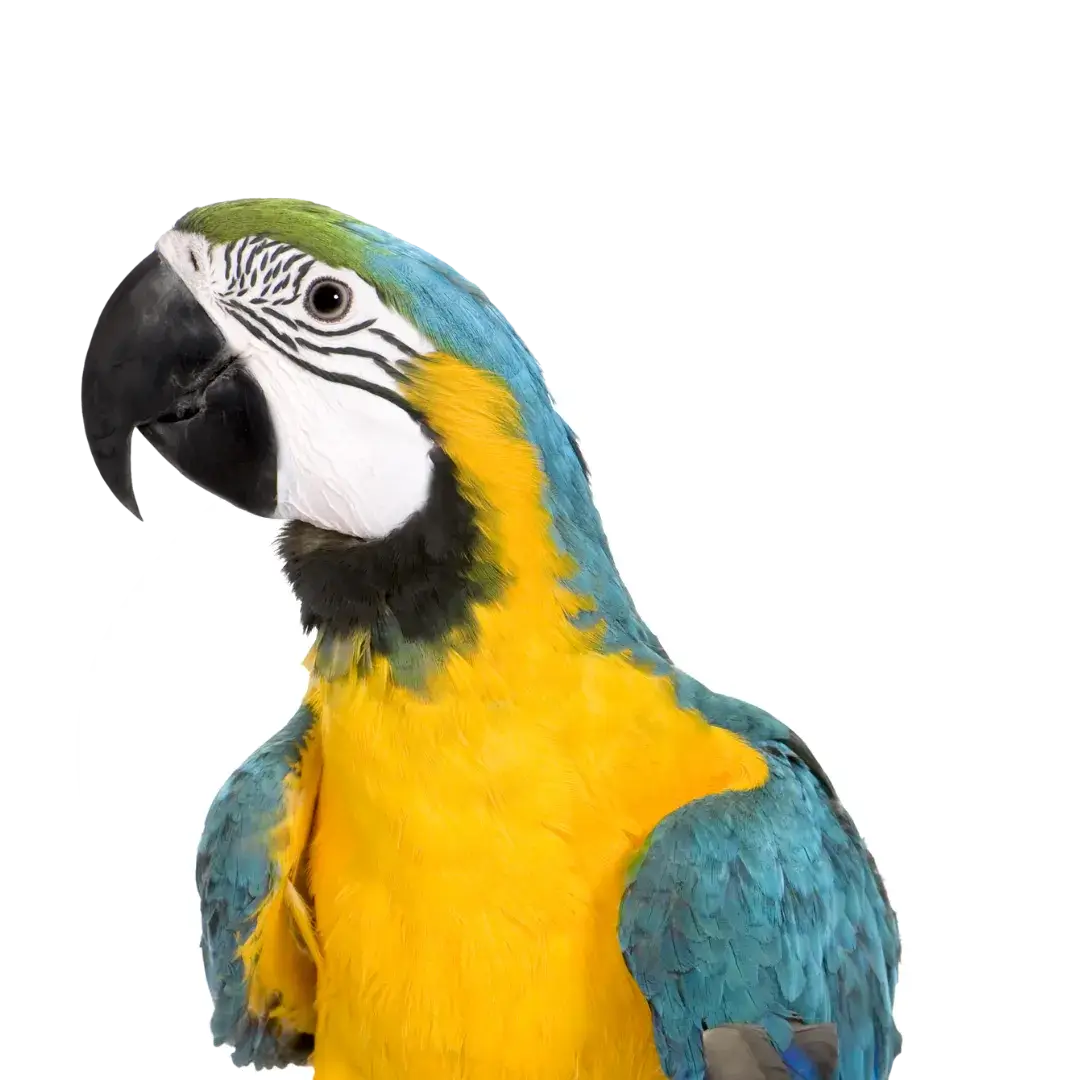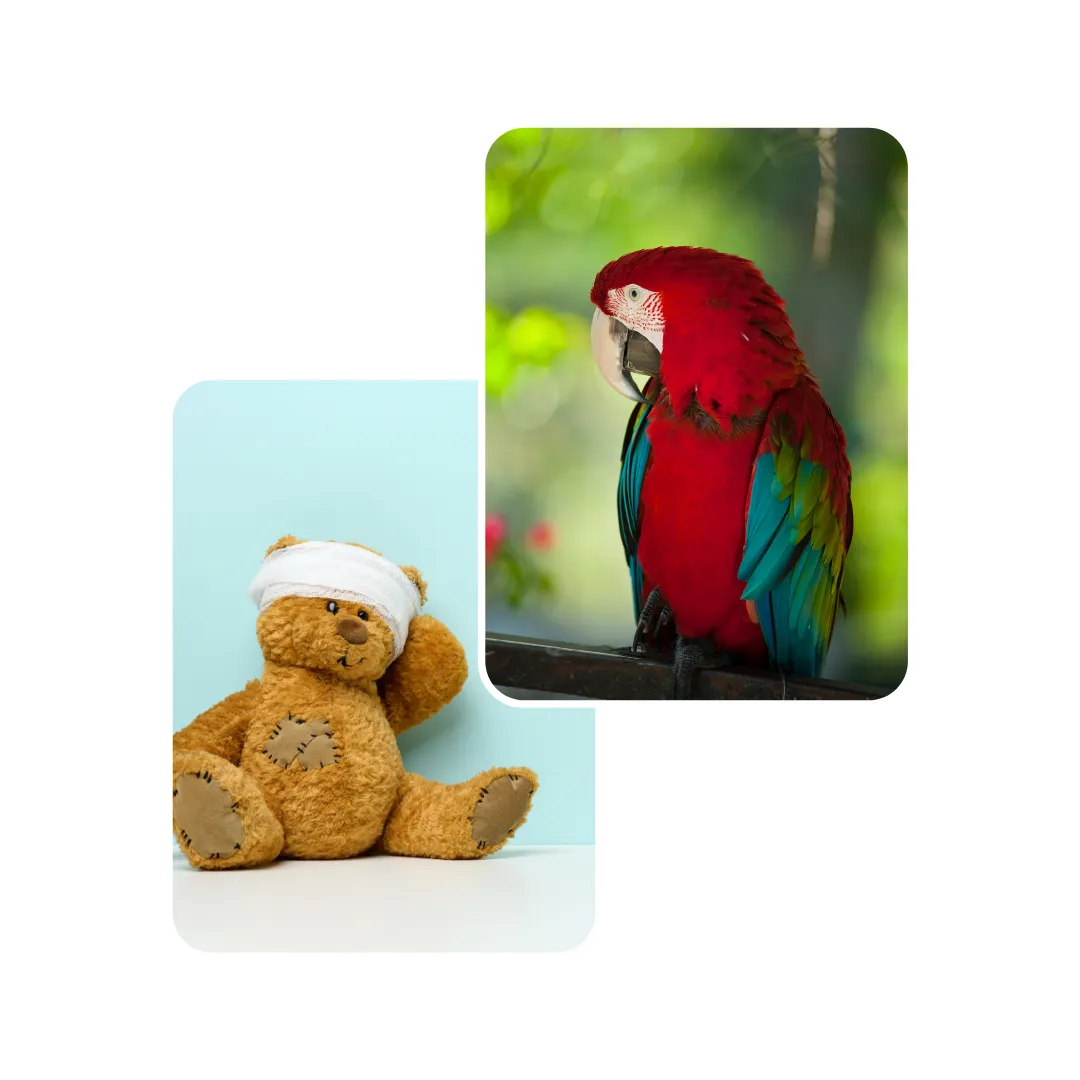

Keep the bird calm, place it in a small, secure box lined with a towel, and transport it to the vet immediately. Do not attempt to feed or administer water.
Absolutely. A cat's mouth harbors Pasteurella bacteria, which can cause fatal septicemia in a bird within hours, even if the wound is tiny. Every cat or dog attack is a critical emergency.
Yes. Birds are masters of concealing pain and injury. A bird "acting fine" may have severe internal bleeding or an undetected fracture. Always seek expert assessment.
Simple fractures may be treated with external bandages (figure-eight wraps), but complex or critical fractures often require internal fixation using pins, wires, or specialized plates.
Recovery depends on the location and severity of the break. Fractures involving the major joints are more guarded, but specialized avian orthopedic surgery offers the best chance for full function.
Yes. Similar symptoms may point to chronic diseases, nutritional deficiencies, or severe stress. Consult our other specialized treatment pages to learn more.
Your pet deserves expert care – Subscribe now for trusted tips and updates from our pet experts.
